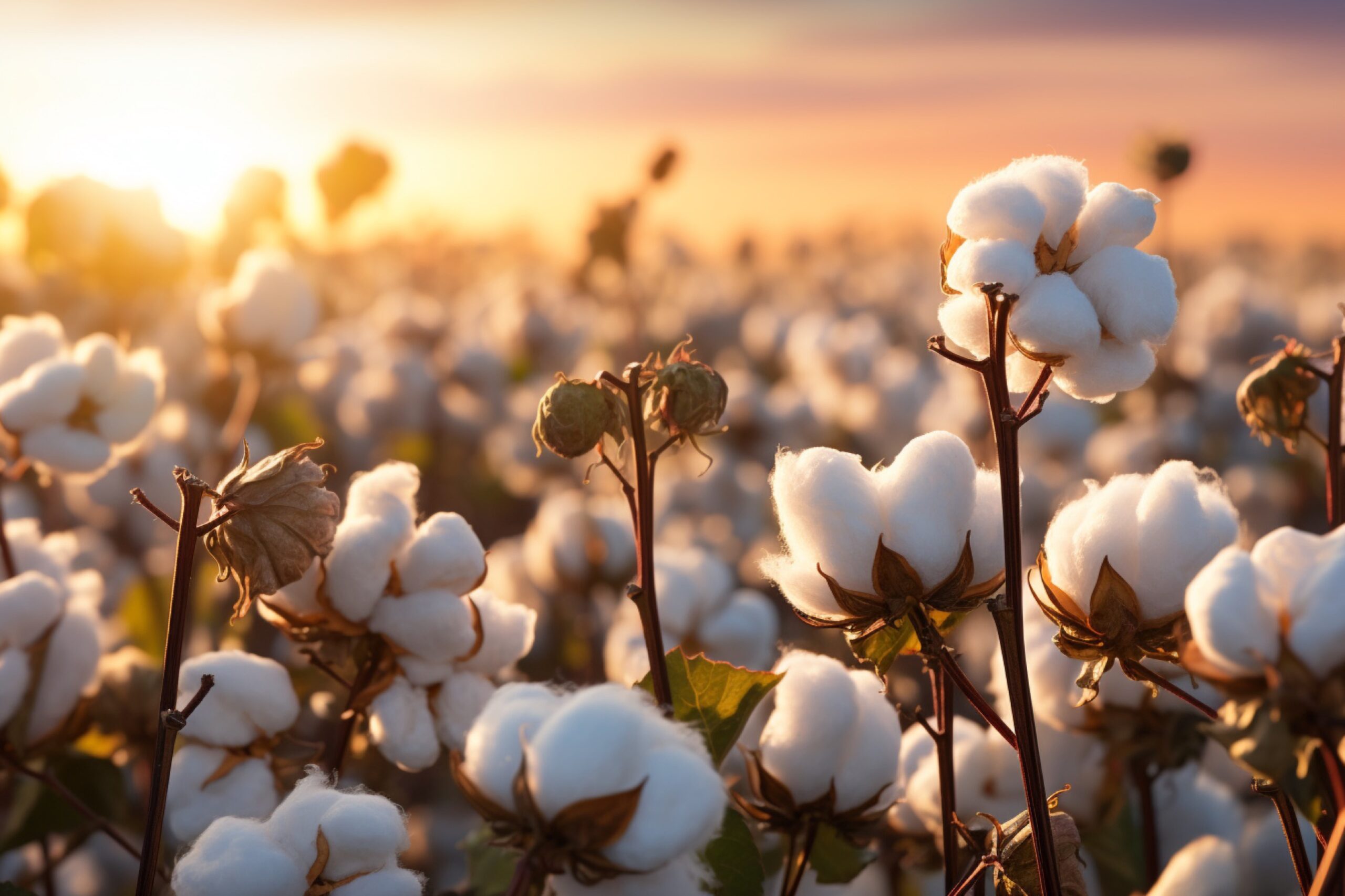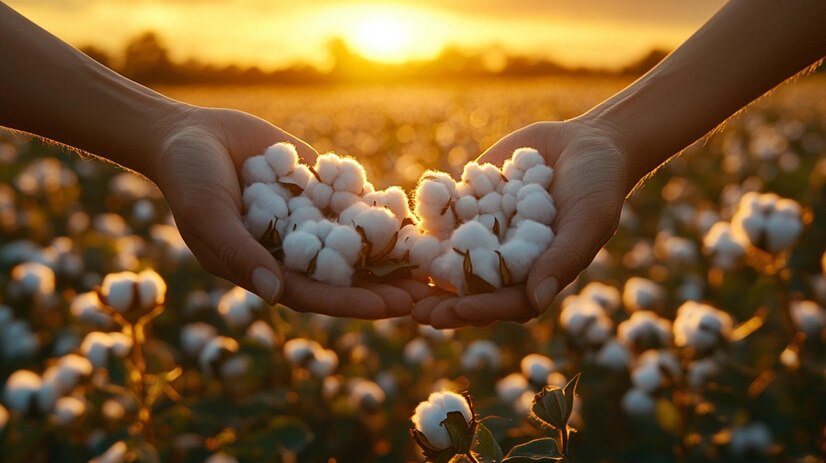A New Era in Cotton Farming
Cotton farming has seen significant changes thanks to modern technology. Farmers need to adopt efficient and sustainable practices with increasing demand for cotton. Farmonaut is a game-changer in this area. Using AI and satellite imagery, Farmonaut is helping farmers manage their plantations more effectively.

Smart Farming with AI
Farmonaut’s AI technology empowers farmers by delivering real-time information that significantly improves cotton farming practices. It collects and analyzes critical data, such as soil health, weather forecasts, and the current condition of the crops. This analysis results in detailed, actionable recommendations tailored to each field’s needs.
For instance – If the soil in a certain part of the farm is low on nutrients, the AI can suggest the exact type and amount of fertilizer to apply. If the weather data predicts an upcoming drought, the system can advise on optimal irrigation strategies to conserve water and maintain crop health. By offering these precise insights, Farmonaut enables farmers to make better decisions at every stage of the growing process. This leads to healthier crops, more efficient use of resources, reduced waste, and ultimately, a more productive and sustainable cotton farming operation.
Precision Farming with Satellite Imagery
Farmonaut’s satellite imagery technology offers a powerful tool for farmers to closely monitor their fields from above. This advanced technology provides detailed, high-resolution images of the land, allowing farmers to see exactly what is happening in different parts of their fields. With this level of visibility, they can quickly identify issues such as pest infestations, areas of poor crop growth, or nutrient deficiencies. These problems can often be hard to detect with the naked eye, but satellite imagery brings them into clear focus. By spotting these issues early, farmers can take swift corrective action, whether it’s applying the right pesticide, adjusting fertilizer levels, or implementing other necessary interventions. This precision approach ensures that crops stay healthy throughout the growing season, leading to better yields and a more successful harvest.
![]()
Promoting Sustainability in Cotton Farming
Farmonaut’s technology is also a key player in driving sustainability in cotton farming. The integration of AI and satellite data allows farmers to adopt smarter practices that conserve resources and reduce environmental impact. For instance, by accurately tracking soil moisture levels and weather patterns, farmers can optimize their irrigation systems to use water more efficiently. This not only saves water but also helps maintain the health of the crops without over-watering. Additionally, by monitoring crop health and growth patterns, the technology can help minimize the need for chemical inputs such as fertilizers and pesticides. When these inputs are used more precisely and only when necessary, it reduces the risk of harmful chemicals leaching into the soil and water systems, promoting a healthier environment. This sustainable approach to farming not only protects the planet but also supports the long-term viability of cotton farming by making it more eco-friendly and cost-effective.
Enhancing Resource Management and Profitability
Beyond improving crop health, Farmonaut’s technology plays a crucial role in enhancing overall resource management on the farm. With access to accurate, real-time data, farmers can make better decisions about how to allocate their resources—whether it’s labor, water, seeds, or chemicals. This data-driven approach helps farmers reduce waste and cut unnecessary costs, ultimately boosting their bottom line. For example, by knowing exactly when and where to irrigate or apply fertilizers, farmers can avoid overuse, which not only saves money but also prevents potential damage to the crops. Moreover, the ability to predict market trends and adjust production accordingly means that farmers can align their operations with demand, ensuring that they maximize their profits while minimizing risks. This strategic use of resources makes cotton farming not just more efficient, but also more financially viable, helping farmers to thrive in a competitive agricultural market.
The Bright Future of Cotton Farming with Farmonaut
As Farmonaut’s technology continues to advance, the future of cotton farming is set to become even more promising. With ongoing developments in AI and satellite imagery, farmers will have access to increasingly sophisticated tools that provide deeper insights and more precise control over their operations. This will enable them to adopt even more refined and effective farming practices, leading to greater efficiency, higher yields, and further reductions in environmental impact. The evolution of these technologies will likely introduce new capabilities, such as enhanced predictive analytics and even more detailed monitoring of crop health and soil conditions. As a result, cotton farming will become not only more sustainable but also more resilient to challenges such as climate change and market fluctuations. The continuous improvement of Farmonaut’s technology is paving the way for a future where cotton farming is more innovative, productive, and sustainable than ever before.

Conclusion
Farmonaut is at the forefront of transforming cotton farming by integrating AI and satellite imagery into plantation management. This innovative technology is revolutionizing the way farmers grow cotton, making the process more efficient, sustainable, and profitable. By enabling farmers to monitor their fields with precision, manage resources effectively, and adopt eco-friendly practices, Farmonaut is helping to create a more sustainable future for cotton farming. As the technology continues to evolve, it promises to bring even greater advancements, ensuring that cotton farming remains a viable and thriving industry for years to come. With Farmonaut, the future of agriculture looks bright, as it leads the way towards a new era of smart, sustainable, and profitable farming.



